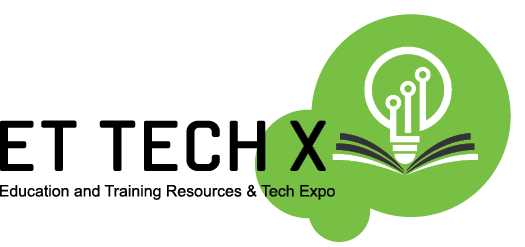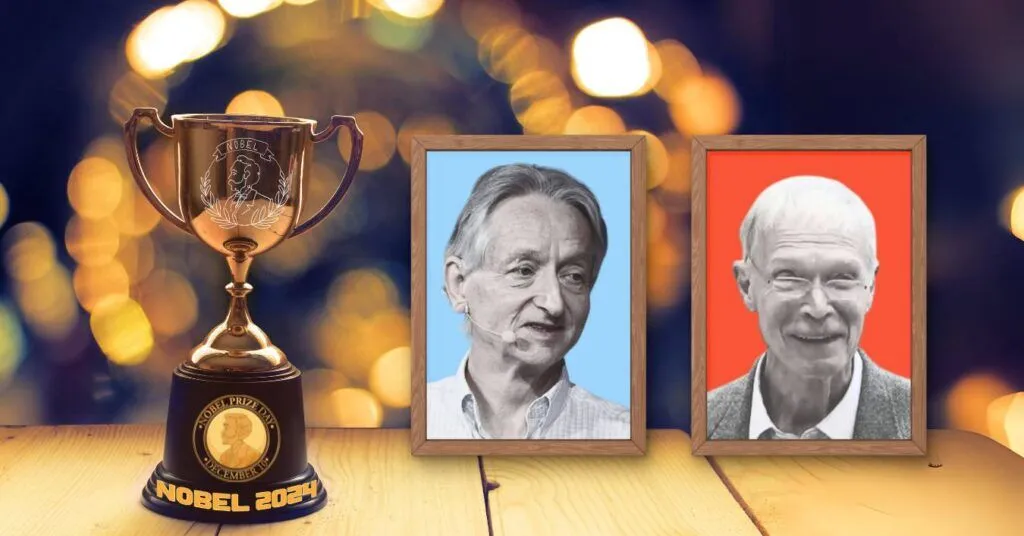Pioneers of Artificial Intelligence Awarded Nobel Prize in Physics
- 11 Oct 2024
Pioneers of Artificial Intelligence Awarded Nobel Prize in Physics
Artificial Intelligence (AI) tools are now integral to our daily lives, enabling users worldwide to seek information, create images and videos, and analyse vast amounts of data in ways that were unimaginable just a couple of years ago. AI holds the potential to fundamentally change how we live and work.
This year’s Nobel Prize in Physics honors two scientists whose research laid the groundwork for the ongoing AI revolution: John Hopfield, a 91-year-old American, and Geoffrey Hinton, a 76-year-old British-born Canadian. They received the Nobel Prize for their “foundational discoveries and inventions that enable machine learning with artificial neural networks.”
Pioneering Work in AI
Although Hopfield and Hinton conducted much of their groundbreaking research in the 1980s, the full impact of their work is only now becoming apparent. Their significant contributions revolve around developing algorithms that mimic the brain's functioning, enabling computers to perform tasks previously thought to be uniquely human, such as remembering, recognizing, creating, and learning.
The term "artificial intelligence" emerged in the mid-1950s when scientists began discussing computers as “intelligent” machines. As computer capabilities grew, they took on increasingly complex tasks with impressive efficiency. However, these tasks were primarily calculation-based, focusing on speed and multitasking rather than genuine intelligence.
Mimicking the Human Brain
Real advancements in mimicking human cognitive functions began with Hopfield’s innovative work. A theoretical physicist with interests in molecular biology and neuroscience, Hopfield created an artificial neural network resembling the human brain's network of nerve cells. This development enabled computer systems to "remember" and "learn," marking a significant leap forward in AI.
Advancing Deep Learning
Geoffrey Hinton expanded on Hopfield's work, developing more sophisticated artificial networks capable of performing complex tasks. While Hopfield's networks could recognize simple shapes or sounds, Hinton’s models advanced to understanding voices and images. He introduced a method called backpropagation, allowing artificial neural networks to learn from their previous mistakes and improve over time.
This process of continuous learning, achieved by training on large datasets, led to the emergence of deep neural networks, which contain multiple layers of interconnected networks. Hinton's research demonstrated that deep networks could learn complex features and patterns in extensive datasets. Today, deep learning is fundamental to modern applications like speech and image recognition, translation, voice assistants, and self-driving cars.
Conclusion
The groundbreaking work of John Hopfield and Geoffrey Hinton has paved the way for the AI technologies we rely on today. Their contributions have not only advanced our understanding of machine learning but have also set the stage for future innovations. As AI continues to evolve, the implications for various fields—from healthcare to transportation—will be profound, fundamentally reshaping our world.


